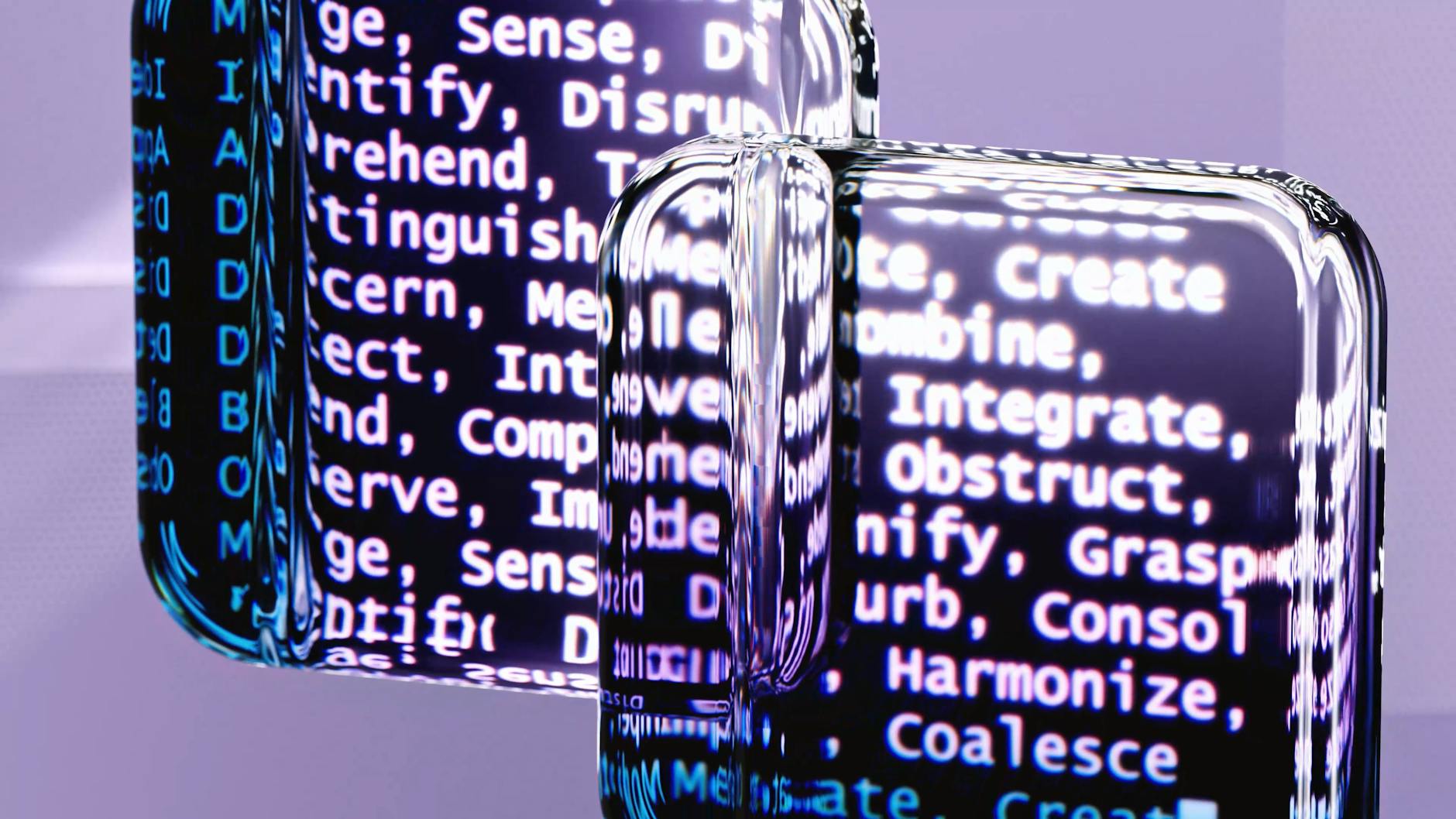Automating the Artisan: Is GPT-5-Codex a Leap Forward or a Trojan Horse for Developers?

Introduction: Another day, another “GPT-X” announcement from OpenAI, this time an “addendum” for a specialized “Codex” variant. While the tech press will undoubtedly herald it as a paradigm shift, it’s time to cut through the hype and critically assess whether this marks genuine progress for software development or introduces a new layer of hidden dependencies and risks.
Key Points
- The emergence of a GPT-5-level code generation model signals a significant acceleration in the automation of programming tasks, moving beyond simple autocompletion to more complex architectural contributions.
- This technology promises unprecedented gains in developer productivity, potentially redefining roles and reducing the entry barrier for coding, but also raises questions about the future of traditional software engineering.
- A critical weakness lies in the inherent ‘black box’ nature of sophisticated AI-generated code, posing significant challenges for security auditing, intellectual property attribution, and maintaining human oversight and understanding of critical systems.
In-Depth Analysis
The announcement of “GPT-5-Codex” isn’t merely an incremental update; it signifies OpenAI’s commitment to pushing the boundaries of autonomous code generation into highly complex domains. Unlike previous iterations or competing tools like GitHub Copilot, a “GPT-5” variant implies a vastly superior understanding of context, logical flow, architectural patterns, and even debugging. We’re likely talking about a model capable of generating not just functions, but entire modules or even boilerplate for complex microservice architectures with minimal human prompting. This isn’t just about writing code faster; it’s about potentially designing significant portions of a system.
The real-world impact could be profound. Development cycles could shrink dramatically, freeing human developers from the drudgery of repetitive coding and allowing them to focus on higher-level design, innovation, and problem-solving. For startups, it could democratize development by allowing smaller teams to achieve more with fewer specialized engineers. However, this rosy picture ignores several crucial caveats. The “system card addendum” itself suggests that the risks associated with code generation are distinct and significant enough to warrant separate consideration. This likely includes the potential for introducing subtle security vulnerabilities, generating functionally correct but non-optimal or hard-to-maintain code, and the inherent difficulty in tracing intellectual property when large portions of a codebase are AI-generated. The comparison to existing tech highlights the leap: while previous code AI assisted, GPT-5-Codex might lead, shifting human roles from primary creators to sophisticated editors and verifiers. This redefinition of roles, while potentially liberating, also carries the risk of deskilling and an over-reliance on opaque systems for foundational work.
Contrasting Viewpoint
While the promise of GPT-5-Codex is undeniably alluring for many, a skeptical view quickly points to the unaddressed complexities. Proponents will argue that this tool will amplify human creativity, freeing developers from boilerplate to focus on novel solutions. They’ll emphasize the democratizing effect, allowing more individuals to build software without years of training. However, this perspective often glosses over the fundamental challenge of trust. How do we audit AI-generated code for hidden backdoors or subtle vulnerabilities that even the AI itself might not “understand”? What happens when critical infrastructure relies on code generated by a black box that developers can no longer fully comprehend or debug at a fundamental level? Furthermore, the cost implications, both in terms of API usage and the potential for vendor lock-in, are significant. The narrative of “augmented human intelligence” often sidesteps the practical issues of liability, ownership, and the inevitable erosion of foundational coding skills as dependence on AI grows.
Future Outlook
In the next 1-2 years, GPT-5-Codex will likely see rapid adoption within specific niches, particularly for generating boilerplate, accelerating prototyping, and assisting with routine maintenance or refactoring. We can expect to see an explosion of tools built around it, focusing on validation, security scanning, and integrating AI-generated code into existing CI/CD pipelines. However, full autonomous software development remains a distant dream. The biggest hurdles will be establishing trust and verification mechanisms for AI-generated code, particularly in regulated industries or for mission-critical systems. Overcoming the ‘black box’ problem, ensuring explainability, and creating robust ethical guidelines for AI-authored software will be paramount. Expect significant investment in human-in-the-loop validation tools and a continued debate around intellectual property rights and the long-term impact on the software engineering workforce.
For more context, see our deep dive on [[The Ethical Quagmire of AI-Generated Content]].
Further Reading
Original Source: Addendum to GPT-5 system card: GPT-5-Codex (Hacker News (AI Search))